The Middle East has long been a region of geopolitical significance, with its complex history and diverse cultures. However, in recent years, tensions in the region have escalated, giving rise to new flashpoints that have the potential to reshape the political landscape. This article explores some of the key factors contributing to these escalating tensions and their implications for regional stability.
The Iran Nuclear Deal: A Catalyst for Conflict
One of the major flashpoints in the Middle East is the Iran nuclear deal, officially known as the Joint Comprehensive Plan of Action (JCPOA). Signed in 2015, the JCPOA aimed to curb Iran’s nuclear program in exchange for sanctions relief. However, in 2018, the United States unilaterally withdrew from the agreement, leading to a series of escalations between Iran and the US.
The withdrawal from the JCPOA and the subsequent reimposition of sanctions by the US has had severe economic consequences for Iran. This has fuelled domestic discontent and led to a more aggressive stance from Iran in the region. For example, Iran has increased its support for proxy groups in Yemen, Iraq, and Lebanon, which has further destabilized these countries and heightened tensions with regional rivals.
The Rise of Non-State Actors
Another significant factor contributing to escalating tensions in the Middle East is the rise of non-state actors. Groups like ISIS and Hezbollah have gained significant influence and power in the region, challenging the authority of traditional nation-states. These groups often operate across borders, making it difficult for governments to effectively combat their activities.
For example, ISIS emerged in the power vacuum created by the Syrian civil war and quickly gained control over large parts of Syria and Iraq. Its brutal tactics and extremist ideology have not only destabilized the region but also attracted foreign fighters from around the world. The defeat of ISIS in its territorial strongholds has not eliminated the threat, as the group continues to carry out attacks and inspire individuals to commit acts of terrorism.
Competition for Regional Hegemony
Competition for regional hegemony between Saudi Arabia and Iran has also contributed to escalating tensions in the Middle East. Both countries seek to exert influence over the region and promote their respective ideologies. This rivalry has fuelled proxy conflicts in countries like Yemen and Syria, exacerbating existing tensions and prolonging conflicts.
Saudi Arabia and Iran have also engaged in an arms race, with both countries investing heavily in their military capabilities. This has further heightened tensions and increased the risk of a direct confrontation between the two regional powers.
The escalating tensions in the Middle East are a cause for concern, as they have the potential to destabilise the region and have far-reaching consequences. The Iran nuclear deal, the rise of non-state actors, and the competition for regional hegemony are all contributing factors that need to be addressed through diplomatic efforts and regional cooperation.
Efforts to de-escalate tensions and promote dialogue should be prioritised to prevent further conflict and promote stability in the Middle East. The international community, particularly major powers like the United States, Russia, and China, have a crucial role to play in facilitating negotiations and finding peaceful solutions to the region’s challenges.
By addressing the root causes of these tensions and promoting cooperation, it is possible to create a more stable and prosperous Middle East that benefits all its inhabitants.














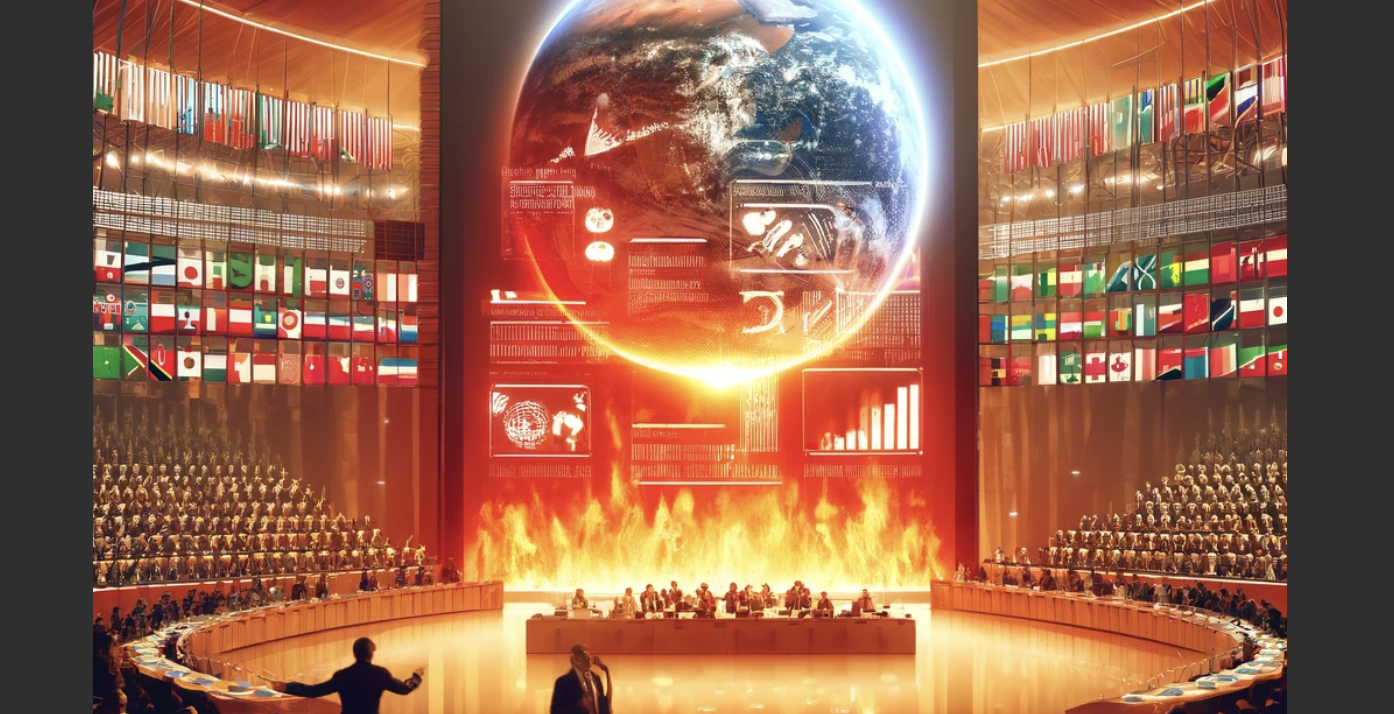



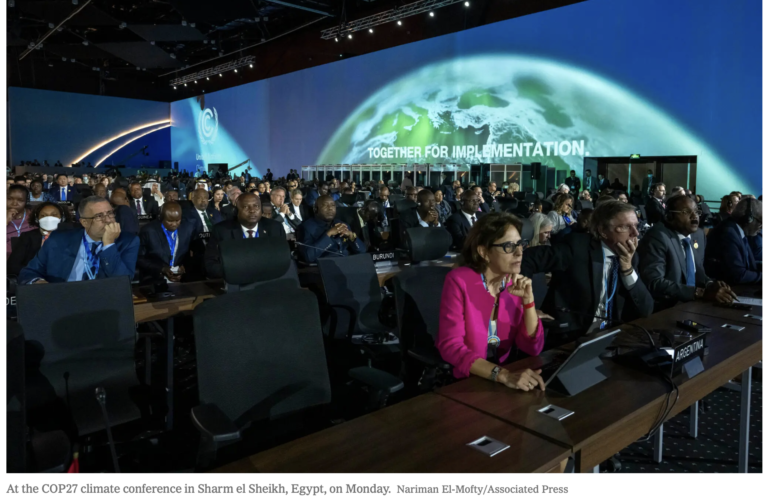
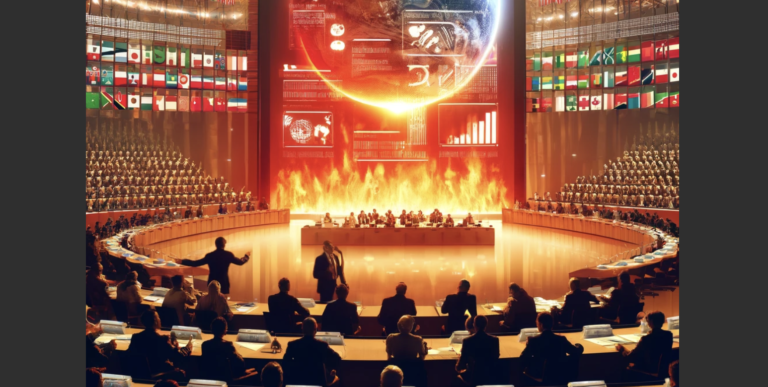

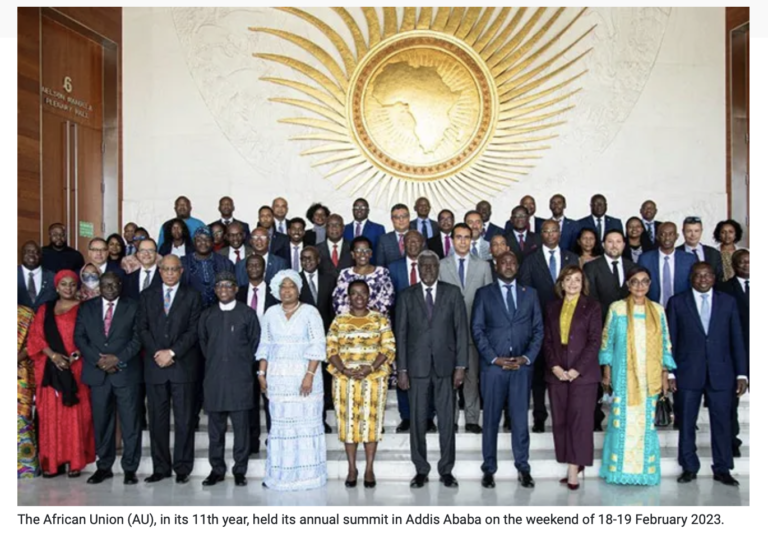
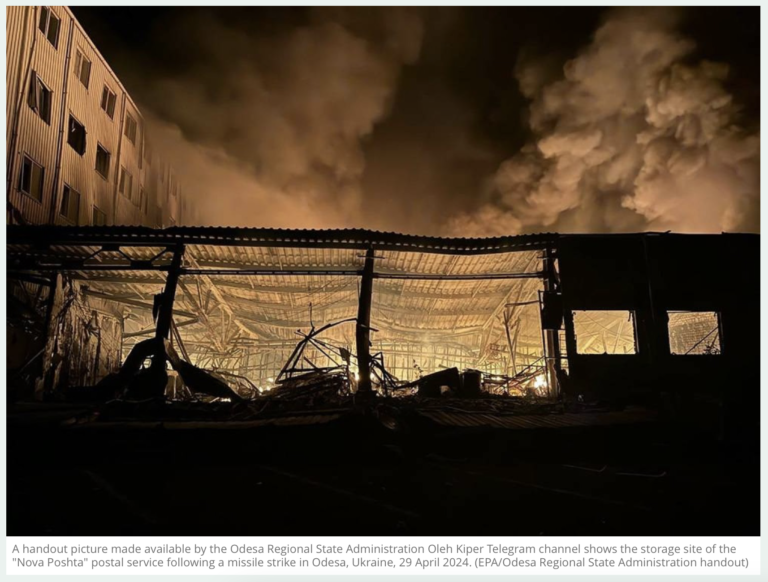









+ There are no comments
Add yours